
How Asset Health Insights Helps to Reduce Downtime
Madhurima Sanyal |
04 Apr 2024 |
11:16 AM
- Setting Asset Health Goals
- Activating Asset Health Goals
- Unveiling Asset Health Reports
- Real-time Alerts for Enhanced Asset Management
- Preventing Unplanned Downtime for Increased Utilization
- Conclusion

5+ Best Enterprise Asset Management Software
Kirti Prakash 20 Jun 2024 | 16:12 PMDiscover the 5+ best enterprise asset management software solutions for 2024. Compare features, benefits, and find the perfect EAM software for your business needs....
In today's dynamic industrial landscape, the concept of asset health insights has emerged as a game-changer in asset management strategies. Asset health insights provide invaluable real-time data and analysis, enabling organizations to monitor and optimize the condition of their critical assets proactively.

By harnessing the power of asset health insights, businesses can significantly reduce downtime, thereby enhancing operational efficiency and productivity. This introduction sets the stage for exploring the critical role of asset health insights in mitigating downtime risks and maximizing asset reliability.

Setting Asset Health Goals
-
Defining Key Metrics for Optimal Asset Performance - In setting asset health goals, organizations must first identify key metrics essential for optimal asset performance management. These metrics include factors such as asset reliability, maintenance costs, and asset performance management. By establishing realistic targets for health improvement, organizations can effectively prioritize resources and efforts towards enhancing asset health.

-
Establishing Realistic Targets for Health Improvement - Leveraging health insight tools and sensor data, organizations can monitor asset conditions in real time, enabling proactive decision-making. By combining asset record information and asset health monitoring, businesses can reduce preventive maintenance schedules and minimize downtime, ultimately improving asset reliability and maximizing operational efficiency.
Activating Asset Health Goals

-
Implementing Strategies to Achieve Health Objectives - Implementing strategies to achieve health objectives is crucial for activating asset health goals effectively. Organizations can leverage real-time insights to monitor asset conditions and identify potential asset failure proactively. By combining asset record information and sensor data, businesses can optimize preventive maintenance schedules, minimizing downtime and reducing maintenance costs.

-
Maximizing the Potential of Health Goals Activation - Maximizing the potential of health goals activation involves fostering a culture of continuous improvement and data-driven decision-making. By prioritizing critical assets and embracing distributed asset management strategies, organizations can enhance asset reliability and performance, ultimately achieving their health objectives and driving sustainable business outcomes.
Unveiling Asset Health Reports

Navigating through asset health reports provides organizations with invaluable insights into the condition of their assets. These reports, generated by tools offer a comprehensive overview of asset health, reliability, and performance.
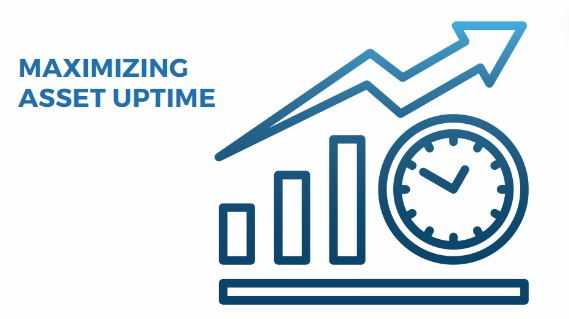
By analyzing key data points such as maintenance costs, asset failures, and sensor data, businesses can uncover actionable insights to optimize asset health and minimize downtime. Interpreting these data points enables organizations to prioritize maintenance activities, reduce preventive maintenance schedules, and improve asset reliability.
Real-time Alerts for Enhanced Asset Management
Harnessing Real-time Alerts to Boost Asset Health
Utilizing real-time alerts is essential to enhance asset health and optimize asset utilization effectively. Through advanced tools and systems, organizations can establish alert mechanisms based on crucial parameters like asset health, performance, and reliability.

These alerts serve as early warning systems, delivering timely notifications to businesses, enabling them to address emerging issues before they escalate and disrupt operations. By continuously monitoring asset conditions in real time and promptly receiving alerts for anomalies, organizations can take proactive measures to intervene, adjust maintenance schedules, and ensure maximum asset uptime.
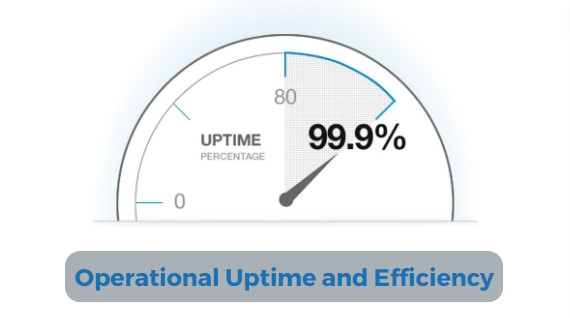
This proactive approach not only minimizes the risk of unplanned downtime but also facilitates the optimization of maintenance efforts, ultimately leading to improved asset health and longevity. By harnessing real-time alerts, organizations can enhance operational efficiency, reduce maintenance costs, and elevate overall asset performance, thereby driving sustainable growth and competitiveness in today's dynamic business environment.
Preventing Unplanned Downtime for Increased Utilization
Strategies to Mitigate Unplanned Downtime Risks

Implementing strategies to mitigate unplanned downtime risks is essential for optimizing asset utilization. By leveraging tools like Proptor, organizations can monitor asset conditions in real time, allowing for proactive identification of potential failure points.
Optimizing Asset Utilization through Downtime Prevention
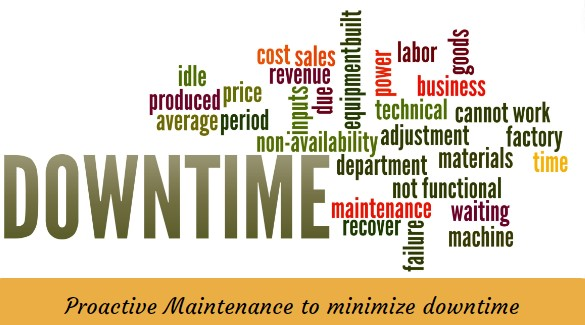
Implementing predictive maintenance schedules based on asset health insights helps minimize downtime and reduce maintenance costs. Additionally, prioritizing critical assets and embracing distributed asset management strategies further enhances uptime and operational efficiency. Let's explore effective strategies to prevent unplanned downtime and maximize asset utilization, ultimately driving sustainable business growth.
Optimizing Asset Health for Efficiency and Sustainability

Linking Asset Health Optimization to Efficiency Gains
Linking asset health optimization to efficiency gains is pivotal for fostering sustainability in operations. By leveraging tools and techniques, organizations can proactively monitor asset conditions and identify opportunities for improvement. Implementing preventive maintenance schedules based on asset health insights helps minimize downtime and reduce maintenance costs, contributing to operational efficiency.
Embracing Sustainability through Improved Asset Health
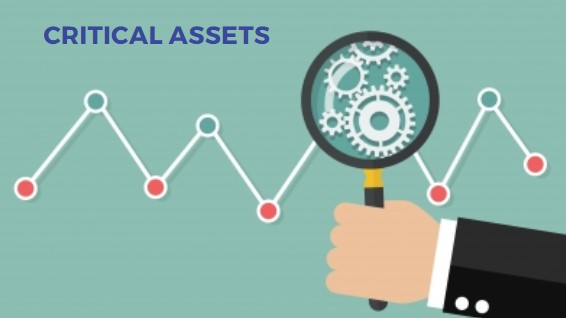
Improved asset reliability through optimized health leads to enhanced asset performance and longevity, aligning with sustainability goals. By prioritizing critical assets and embracing distributed asset management, organizations can drive efficiency gains and promote sustainable practices for long-term success.
Conclusion
Asset health insights play a pivotal role in modern asset management, offering organizations a powerful toolset to optimize performance, reduce downtime, and enhance sustainability. By harnessing real-time insights and leveraging tools like Proptor, businesses can proactively monitor asset conditions, identify potential failures, and implement preventive maintenance schedules to mitigate risks effectively.
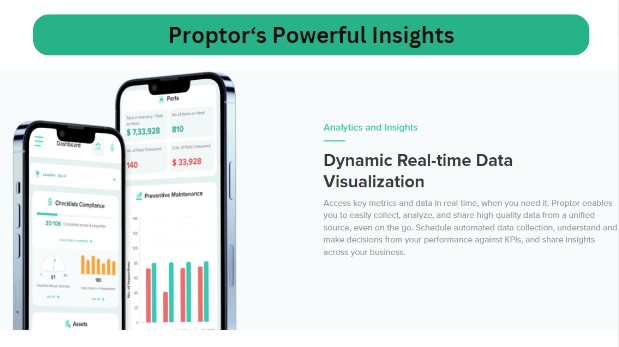
The ability to combine asset record information with sensor data enables organizations to make data-driven decisions, prioritize critical assets, and minimize maintenance costs. Improve asset health to not only improve operational efficiency but also fosters sustainability by maximizing asset utilization and longevity.

As businesses continue to embrace operational technology-driven solutions and proactive approaches to asset management, the integration of asset health insights will remain integral to achieving long-term success in today's competitive landscape.